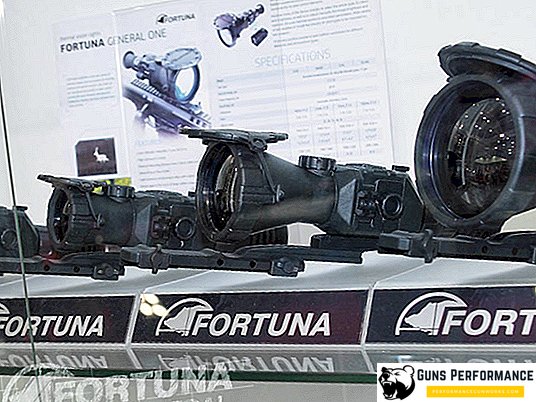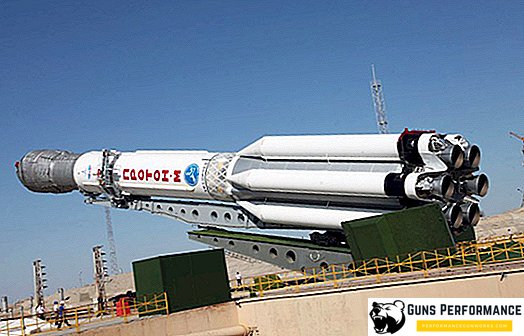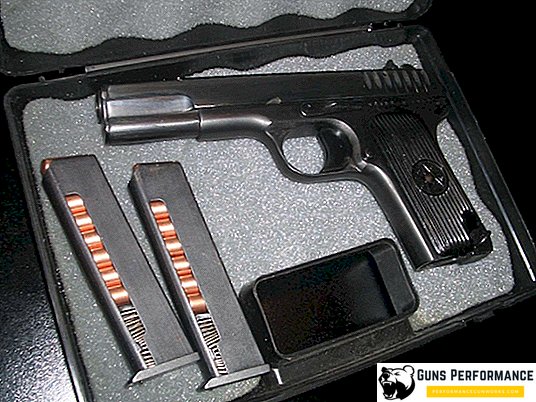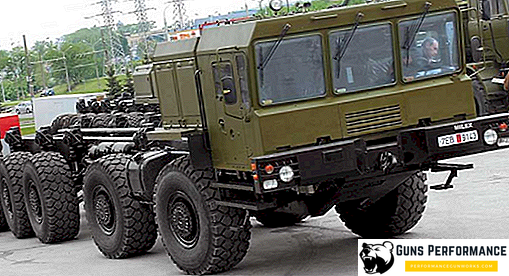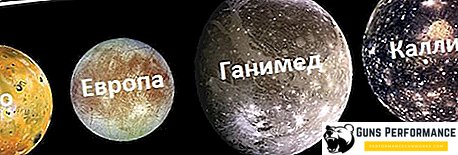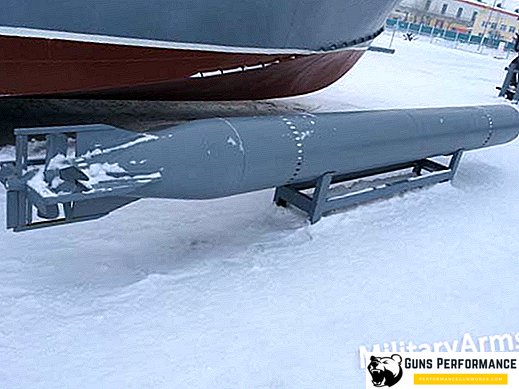
The Soviet combined-cycle torpedo 45-36NU of the sample of 1939 became the main type of mine offensive weapons of the Soviet sailors for the first period of the Great Patriotic War. The torpedo carried a 285-kilogram explosive charge and was designed to defeat surface ships of all types, submarines and coastal installations.
Development, creation and launch into mass production
The weapon was created in the mid-30s to replace the outdated torpedoes 53-27, which did not meet the modern conditions of a naval war. The basis was taken Italian torpedo 45F, which was considered at that time one of the best examples of this type of weapon. The first samples of the torpedo were ready by 1936, and two years later the weapon was accepted into service by the Soviet Navy. Serial production of the torpedo was organized at the plant number 175 in Tokmak, Zaporozhye region.
Already in the process of serial production, a number of changes had to be made to the design, the purpose of which was to increase the fire characteristics of the weapon. In 1939, a weighted modification of the combined-cycle torpedo 45-36 NU (uncontrolled and weighted) appeared, which had much better tactical and technical characteristics. The series went to the novelty in 1940. During the years of serial production, 3,749 menacing steel cigars were produced at Soviet factories, which at the beginning of the war formed the main type of torpedo-mine armament of the Soviet Navy.

The main tactical and technical parameters of the torpedo 45-36NU sample 1939
- Caliber - 450 mm.
- Weight - 1028 kg.
- The mass of the combat charge - 284 kg.
- Length - 6000 mm.
- Travel speed - 32 knots.
- The course range is 6 km.
- The depth of the course is 0.5-14 m.
- Engine - steam-gas, power - 92 hp
Torpedo 45-36NU was used on all carriers of mine-torpedo weapons possessed by the Soviet Navy in 1939-45. By the beginning of World War II, these weapons were in service with brigades of Soviet torpedo boats, used as the main offensive weapon in naval aviation.
Photo torpedoes



